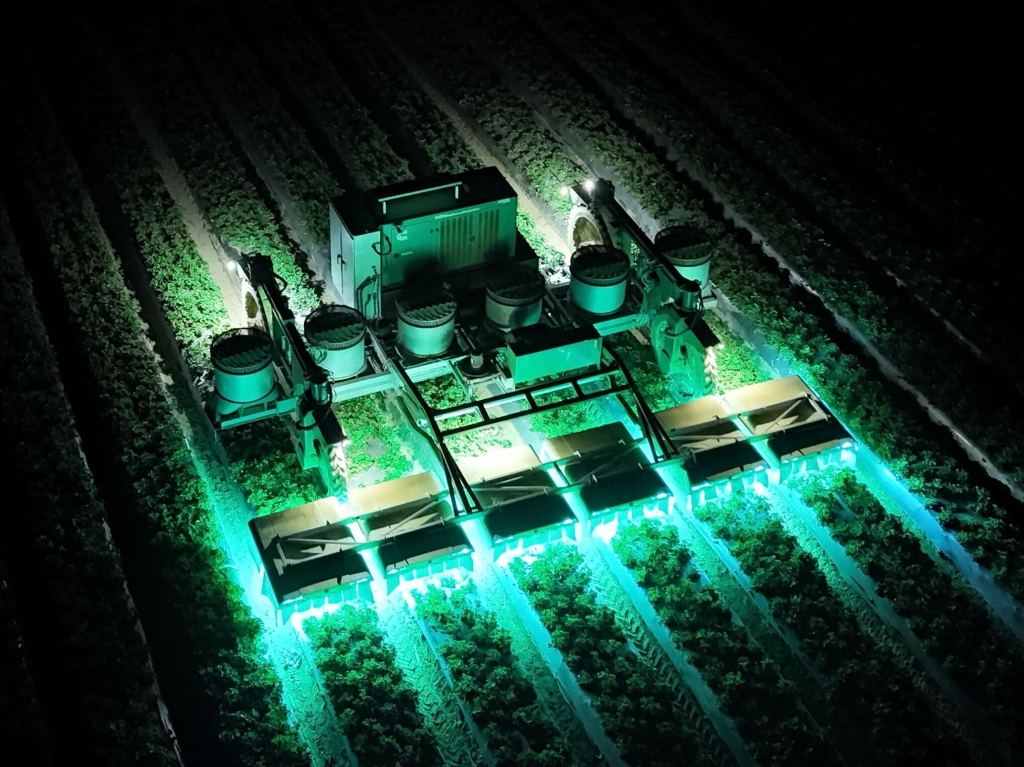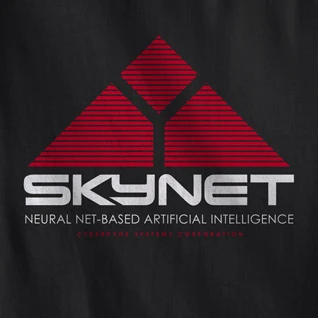Strawberries are among the most beloved fruits in the United States, cherished by consumers and farmers alike. However, their cultivation heavily relies on pesticides, often placing them at the top of the Environmental Working Group’s Dirty Dozen list of produce with the highest pesticide residues. Addressing this challenge, TRIC Robotics, based in San Luis Obispo, California, has introduced an innovative solution that leverages ultraviolet (UV) light and robotics to reduce chemical usage in strawberry farming.
Innovative Approach to Pest Control
TRIC Robotics has developed autonomous, tractor-sized robots equipped with UV-C light arrays. UV-C light, a form of ultraviolet radiation largely filtered by the Earth’s atmosphere, has been proven effective in eliminating bacteria and disrupting pest populations. These robots can autonomously treat up to 100 acres, operating primarily at night to maximize efficacy and minimize human exposure. Additionally, they are equipped with specialized vacuums designed to remove insect residues without harming the crops.
Service-Oriented Business Model
Rather than selling the robots directly to farmers, TRIC Robotics offers pest and disease control as a service. This model aligns with traditional practices where farmers hire external services for pesticide applications. By integrating their robotic solutions into existing service frameworks, TRIC Robotics ensures a seamless transition for farmers seeking sustainable alternatives.
From Defense to Agriculture
Founded in 2017 by CEO Adam Stager, TRIC Robotics initially focused on developing 3D-printed robots for SWAT teams. In 2020, Stager pivoted the company’s focus toward agriculture, aiming to make a more significant impact by addressing the pressing challenges faced by farmers. This strategic shift led to the collaboration with the United States Department of Agriculture (USDA) to explore non-chemical pest control methods.
Collaborative Research and Development
The partnership with the USDA facilitated the development of the UV-C light treatment methodology, known as PhylloLux. This technique involves applying UV-C irradiation followed by a four-hour dark period to manage diseases and pests effectively. Recognizing the impracticality of manual application due to potential human exposure and scheduling challenges, TRIC Robotics automated the PhylloLux process, making it viable for large-scale commercial use.
Proven Efficacy and Environmental Benefits
Field tests have demonstrated that UV-C light treatments are as effective as chemical pesticides in controlling major strawberry pathogens, including gray mold, powdery mildew, and two-spotted spider mites. By reducing or eliminating the need for chemical pesticides, this technology offers a sustainable and environmentally friendly alternative, aligning with the growing demand for organic produce.
Recognition and Future Prospects
TRIC Robotics’ innovative approach has garnered significant recognition. In 2024, the company was honored with the Cal Poly Center for Innovation and Entrepreneurship Small Business Development Center’s Business of the Year award. This accolade reflects the company’s commitment to revolutionizing agricultural practices through technology and automation.
Looking ahead, TRIC Robotics plans to scale its operations by deploying more robots across strawberry fields, solidifying its position in the market, and reinvesting in research and development. The company remains dedicated to listening to farmers’ needs and addressing their challenges, ensuring that their solutions continue to provide tangible benefits to the agricultural community.



